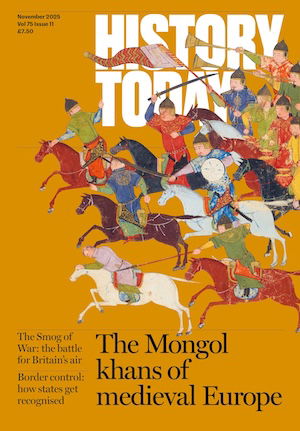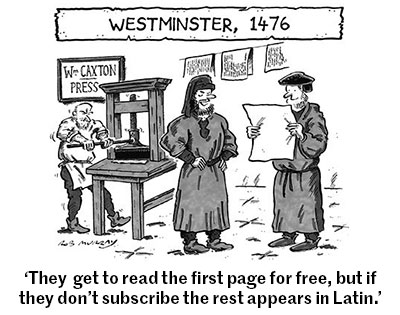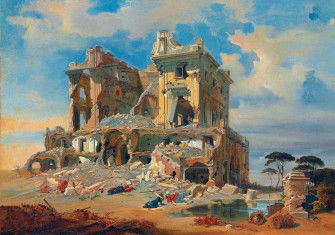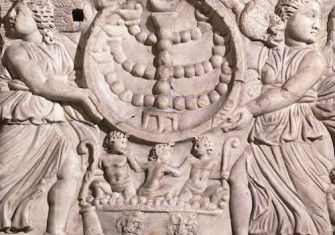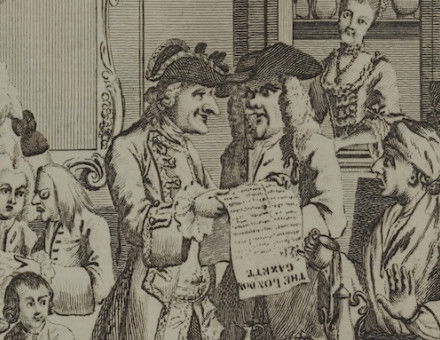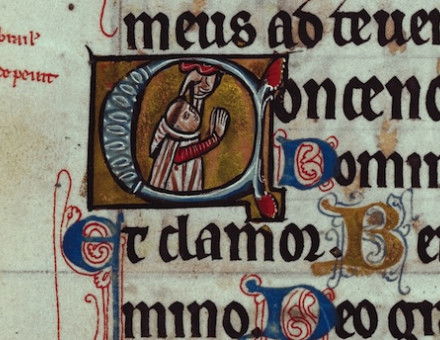Why Did Rome Fall?
When it comes to the end of the Roman Empire three things are certain: death, taxes, and Goths. Were reports of its demise exaggerated?
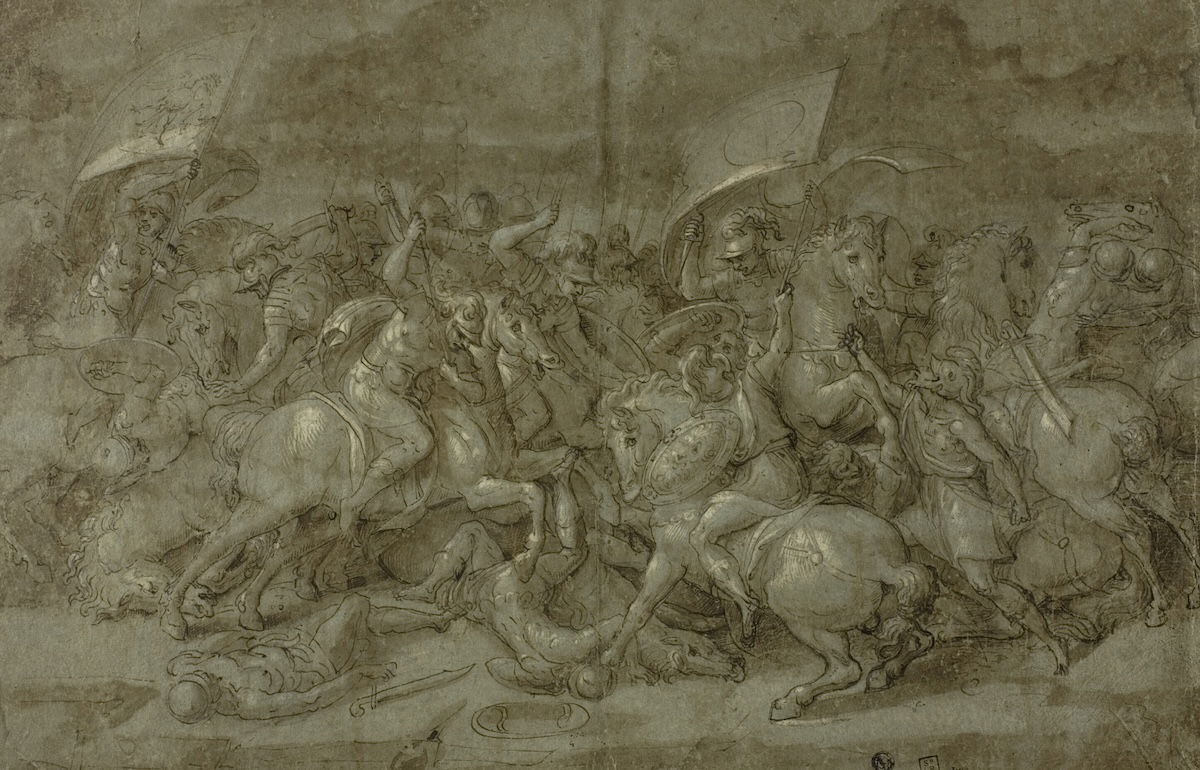
‘Rome was always shapeshifting’
Lea Niccolai is Assistant Professor in Classics at the University of Cambridge
Imagine it is AD 476 and you have travelled to Constantinople to announce that the Roman Empire has just ended. You would be met with ridicule. The event conventionally marking the dissolution of Rome’s imperial institutions in the West – the deposition of Emperor Romulus ‘Augustulus’ at the hands of Odoacer, king of the Visigoths in 476 – was indeed the end of a story. To many contemporaries, however, that story already had little to do with Rome as a transregional power. Odoacer’s statement of loyalty to the Eastern emperor Zeno as his vassal king relied on the assumption that Rome (the empire) continued away from its place of origin. The fifth century sanctioned the idea that the Empire’s future no longer relied on its first capital.

